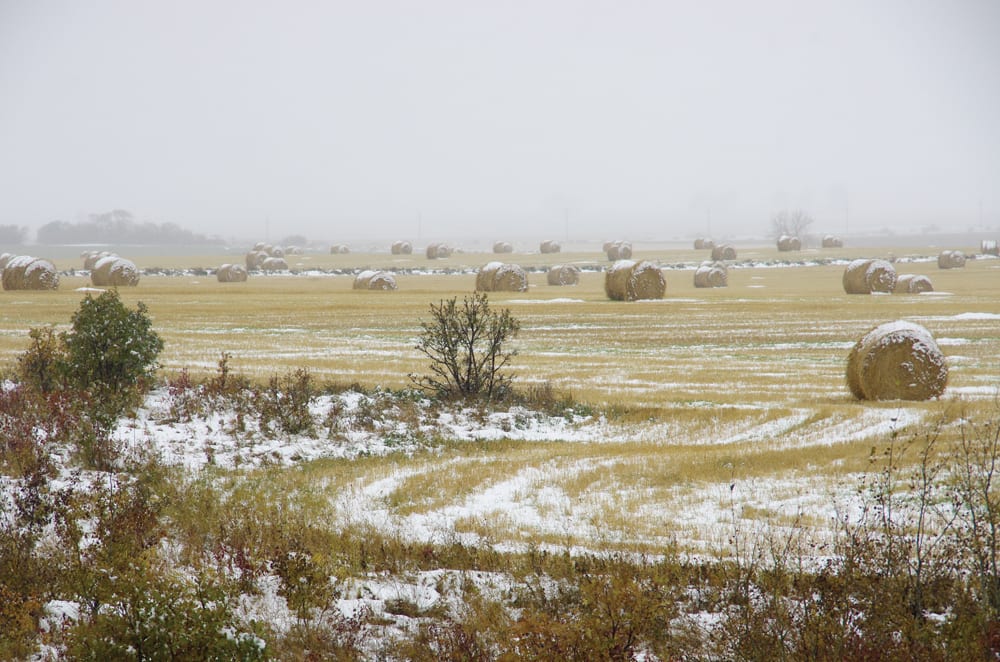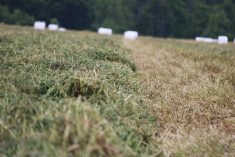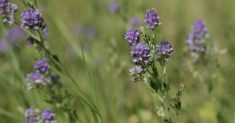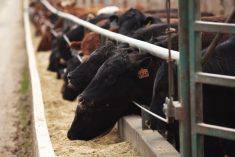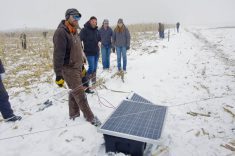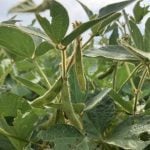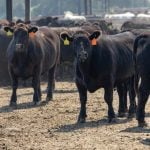There’s finally some good news on the cattle feed front.
Livestock specialists are still raising the alarm on nitrates, but the season’s first feed tests have mostly fallen inside acceptable levels.
Yvan Bruneau, Central Testing Laboratory manager, says it has been an average year for the lab so far. There has been no dramatic rise in the number of samples sent in and there has been no explosion of high-nitrate results.
As of the second week of October, about five per cent of the forage samples tested for nitrates by Central Testing topped the 0.5 per cent threshold. Last year, about 10 per cent of samples tested high. Of those, most high-nitrate results came from greenfeed, hail-damaged plants or specialty crops.
Read Also
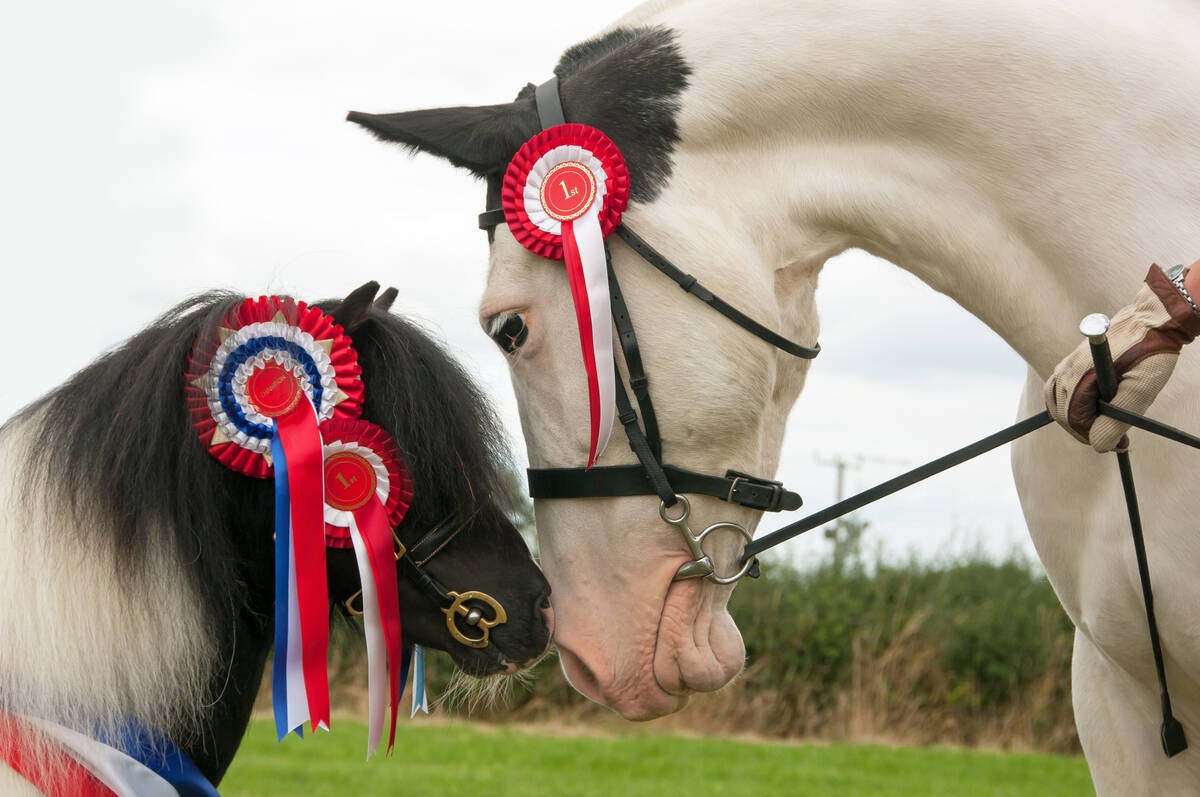
Linebreeding horses drives genetic bottlenecks
Too much linebreeding and prioritizing pedigree can narrow genetic diversity and lead to horse health problems in future generations.
“As far as nitrate goes, we’re still seeing the odd high one, but nothing has shown that it’s a huge problem this year,” he said.
That might change as more samples come in, he added.
Still to come?
It’s too early to sound the all clear.
Manitoba Agriculture has said it is too early to definitively measure nitrate trends this year, despite the experts’ concern. More farmers with alternative feeds have sent in samples, the province has said, although neither Manitoba Agriculture nor Winnipeg’s Central Testing Laboratory have noted higher-than-normal nitrate levels.
Most tests occur through October and November, according to Manitoba Agriculture.
“We’ve still got another month of testing left to go for forage, so things might change from now until then, but we’re really not seeing the high nitrates that some of the experts are saying might be out there,” Bruneau said.
The lab draws samples from across Canada, not just in province.
Farmers should take care to mix feed and bring nitrates below 0.5 per cent if samples do test high, according to the province.
“Putting out one bale of high-nitrate feed along with one or more bales of low-nitrate feed is not acceptable,” Manitoba Agriculture’s website states.
Likewise, that compromised feed should be slowly introduced over one to two weeks, with an extra eye to energy and vitamin A levels, both of which can help combat toxic feed, the same post says.
Manitoba Agriculture suggests anyone with questions on nitrates contact one of their livestock specialists.
Ongoing worry
Drought conditions had already sparked worry by late summer, with provincial livestock specialists warning that the interruption in growth could lead to problems in grazing livestock. Unseasonable cold this fall did little to ease toxicity concerns.
In an August article in the Co-operator, Melita veterinarian Dr. Corey Jones said he expected to see drought-impacted corn and greenfeed go in for testing this fall.
“Nitrates are a concern when annual crops are harvested for feed or grazed,” a spokesperson from Manitoba Agriculture said earlier this month.
Experts have typically blamed high nitrates on a wide range of factors, including dry conditions (something the Prairies have been caught in since last spring), frost, hail, long periods without sun and grazing fields where nitrogen-rich manure has been spread with a heavy hand.
For those fall grazing, the risk is also greater, the province warns, since nitrates tend to be present at higher levels in immature regrowth.
Frost joined drought as a possible nitrate-rising stressor by late September. Regions reported snowfall as early as Sept. 23, followed by a string of additional snowfalls. Temperatures fell well below freezing throughout the province, with areas of western Manitoba dipping below -10 C in the second week of October, according to Environment and Climate Change Canada.
Extension staff have already warned producers to keep a wary eye out for nitrates farther west. In an early-October article by the Western Producer, Alberta Agriculture beef and forage specialist Karin Lindquist warned that forages exposed to temperatures below freezing, but above -4 C, may have higher nitrates for the next 10-12 days. Perhaps more threatening, however, plants that get a killing frost within a week of that first chill are at prime risk of locking in those nitrates, since the plant dies before levels can drop.


